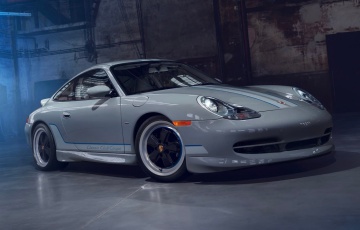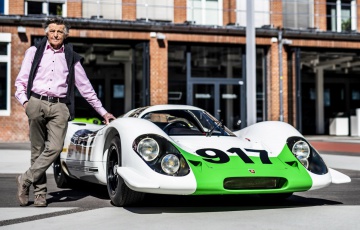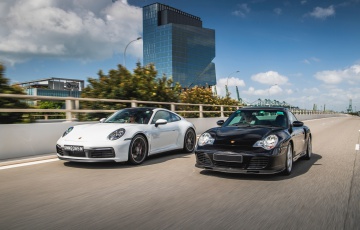Here are Porsche engineer Hans Mezger’s 6 greatest hits
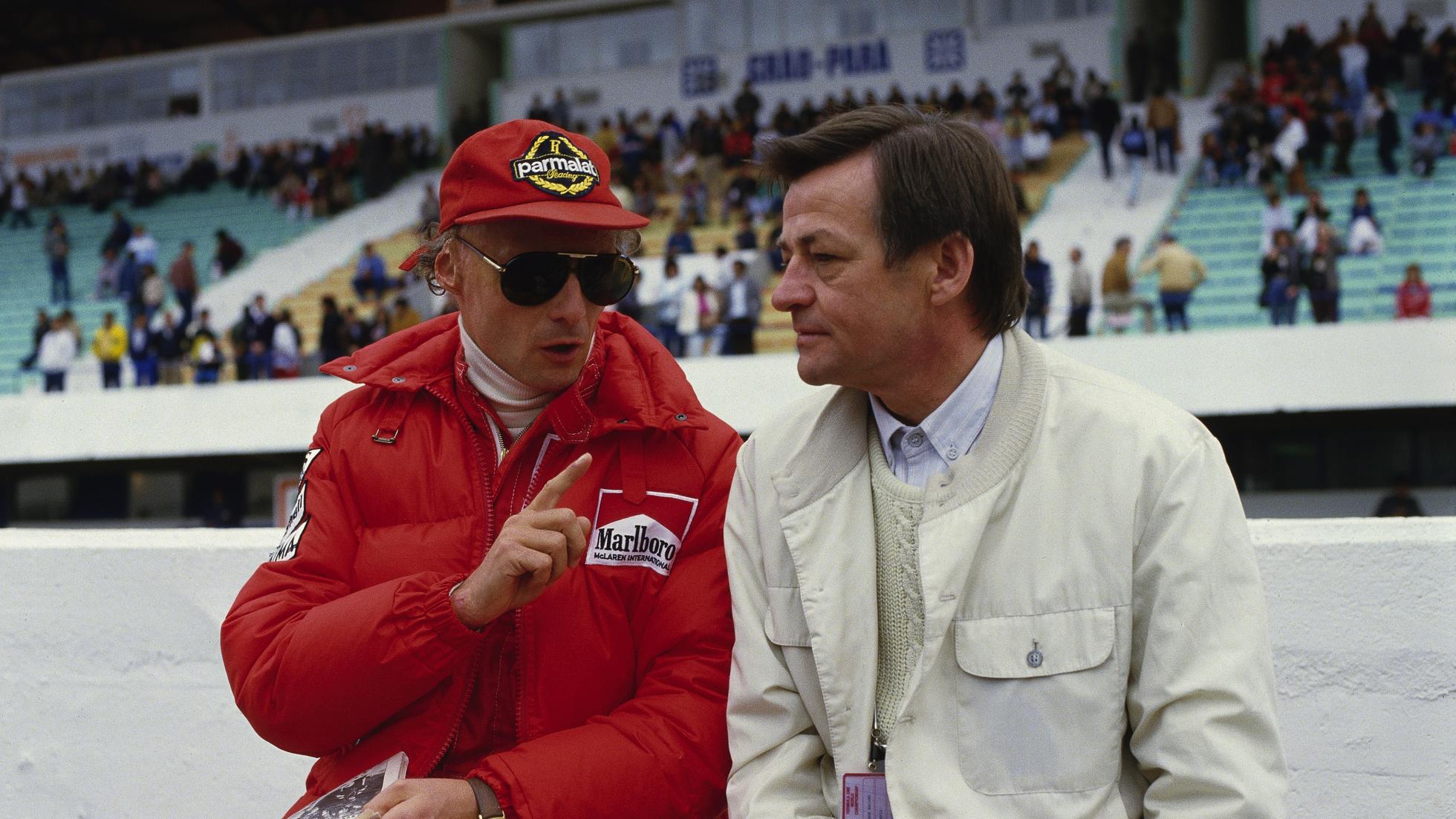
It’s hard to imagine what Porsche’s fortunes would have been without Hans Mezger’s influence and ingenuity. And we don’t say that lightly – he’s responsible for the 2.0-litre flat six that powered the original 911 (called the 901 until Peugeot took umbrage), for one. And who can imagine Porsche without a history of air-cooled flat sixes? It’d be like imagining AMG without heroically massive V8s.
His second, and perhaps even bigger achievement (yeah, we know, bigger than one of the most famous powertrains in history) is his work in Porsche’s racing division. It’s worth remembering that Porsche was a tiny sports car manufacturer back in the Sixties, yet became a dominant force in endurance racing and even Formula 1.
Here are six of his crowning achievements…
STORY Craig Jamieson
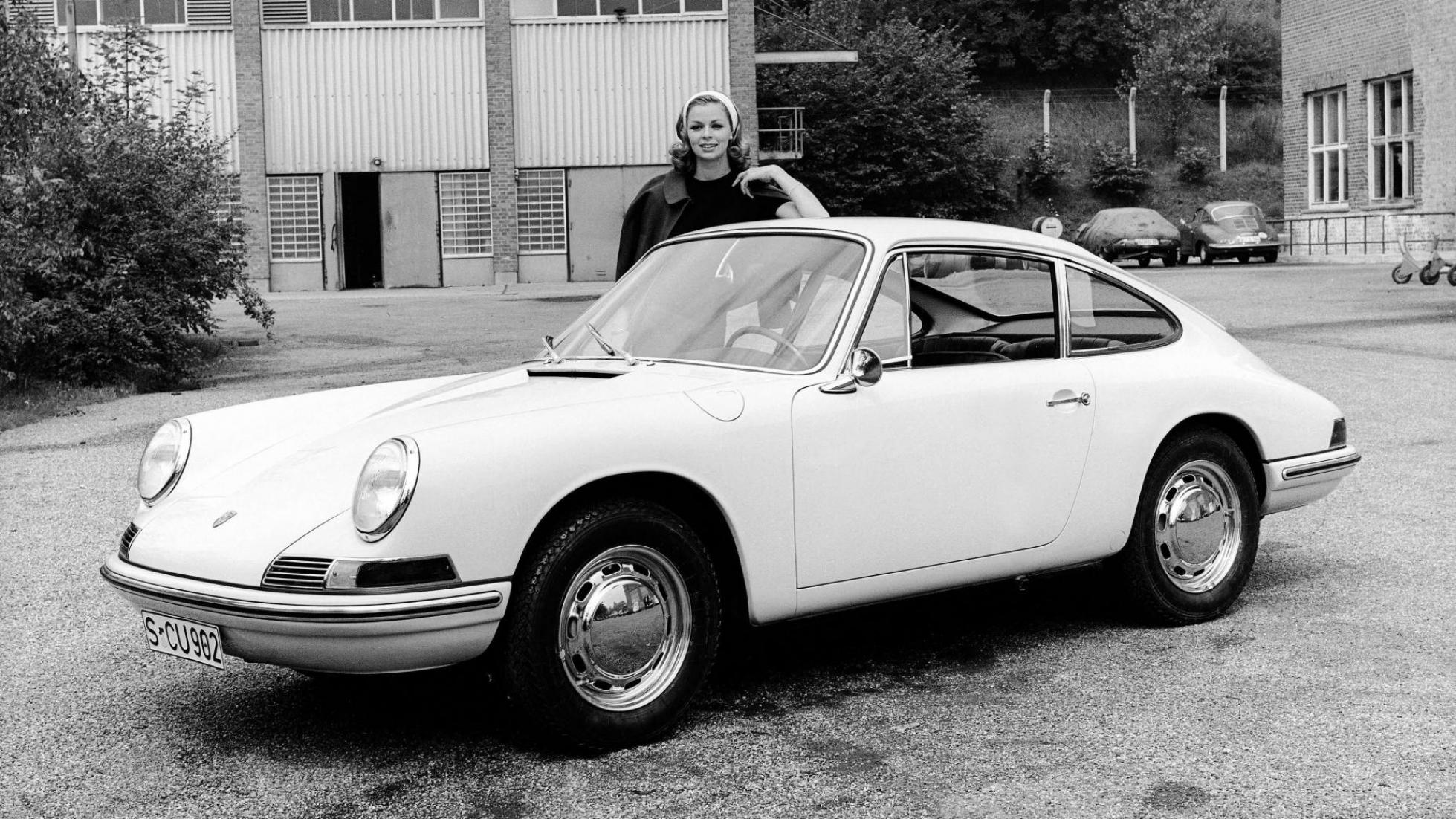
1963: 2.0-litre flat six for the 911
Has there ever been a car so associated with its engine as the Porsche 911? From its inception (as the 901, until Peugeot called up and asked them qu’est que l’enfer they were doing and Porsche changed to ‘911’), the flat-six engine has been the 911’s calling card.
Even minor changes – like updating its cooling system to a more modern setup that works better – were met with immediate disdain.
You don’t get rabid fans like that unless you’re doing something right. Or, in Mezger’s case, a series of somethings which were absolutely right. For this alone, we could lionise him. But even better things were on the horizon.
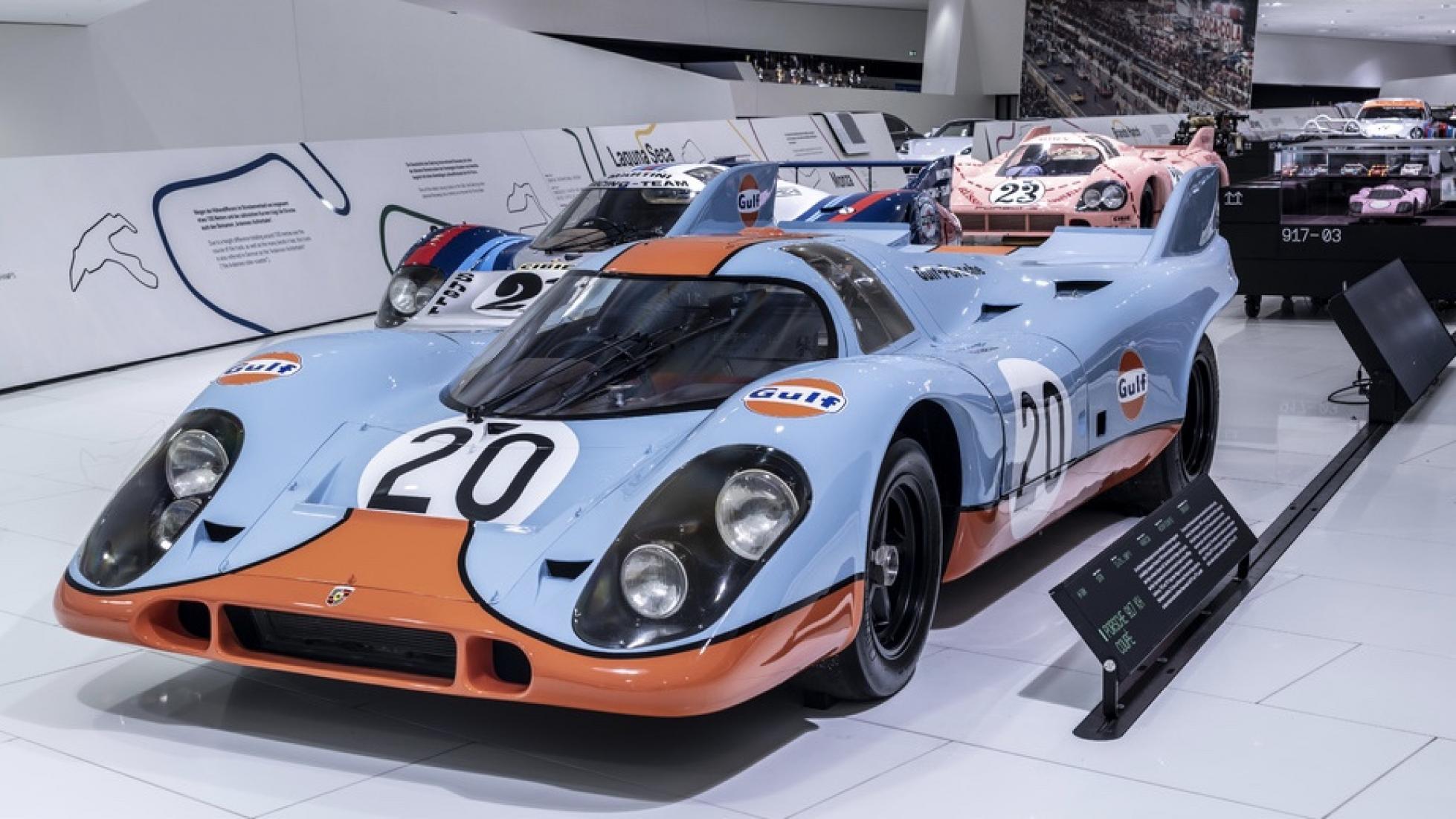
1969: 917
If you cast your mind back to the Porsche 917, you’ll probably remember its absolute dominance of endurance racing. And there’s no denying that.
But it’s worth remembering just how massive a gamble it was – for a then-tiny company like Porsche to go all out and campaign at the highest level of racing is pretty bold, to say the least.
After a stutter-step in 1969, kinks in the revolutionary car’s design were ironed out and… well, the rest really is history. One of our favourite parts of that history is the turbocharged, 5.4-litre 917/30, which could easily exceed 1,000hp… in 1973.
The 917/30 was so dominant in Can-Am racing that the whole series folded – no one wanted to watch Porsches win for the umpteenth time, apparently.
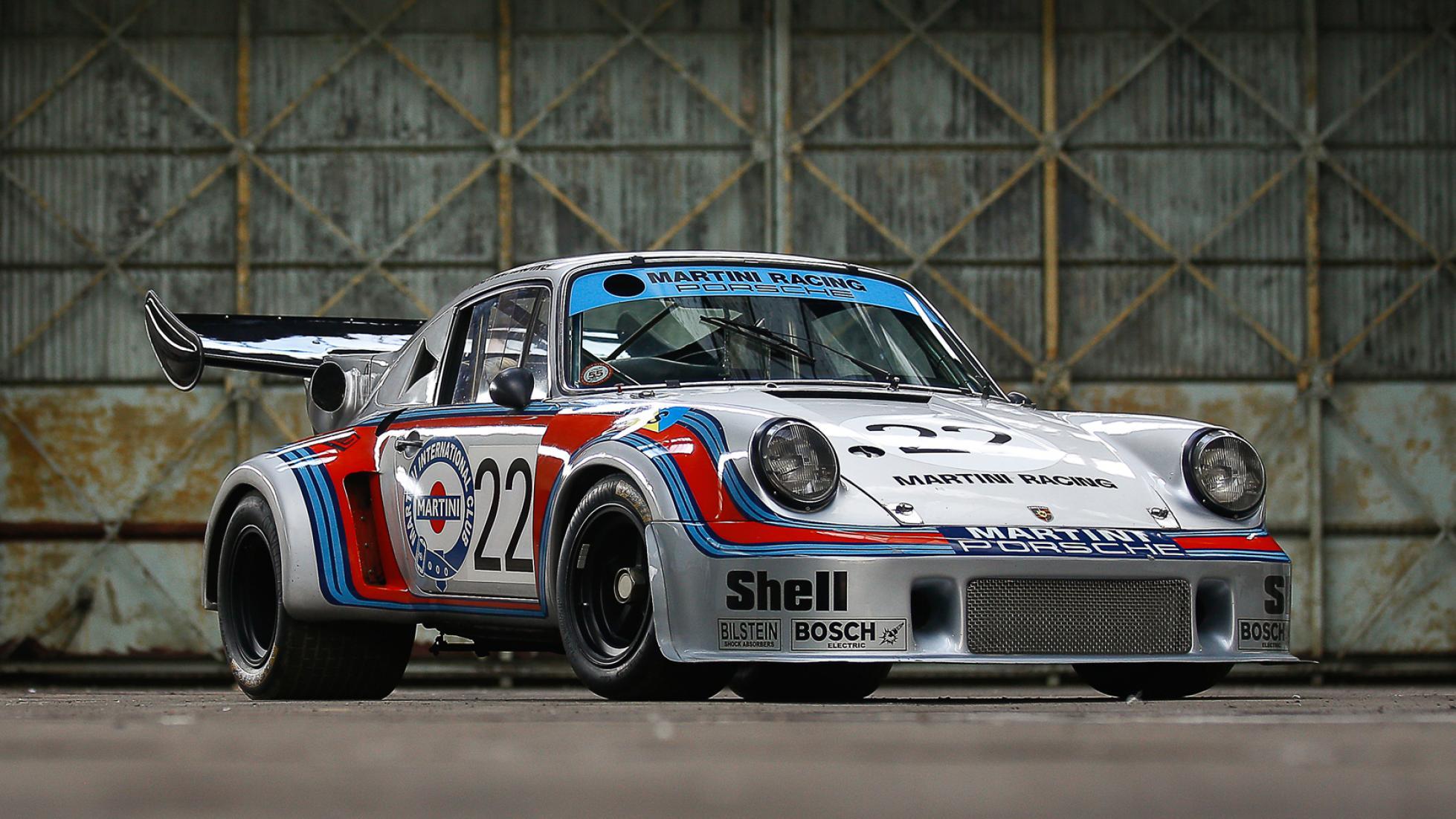
1974: 911 RSR
Man, turbocharging used to be cool. Well, actually, turbocharging used to be complete rubbish and about as reliable as a junk bond (ooh, economics humour. Let’s promise never to repeat that).
But Porsche was actually pretty handy with turbos – as anyone who ever had the bad luck to pull up on a starting grid next to a 917/30 could very easily attest. But then, because Porsche was developing a turbocharged version of the 911 – the infamous 930 – the Herrs and Fraus wanted to prove the formula. And where else but the crucible of motorsport?
It was time to call on Mr Mezger again, who replied with a 2.14-litre turbo flat six (yep, that specific) to fit the rule book, which said no engines over 3.0 litres – and turbo engines were considered to be 1.4 times bigger.
You might be able to guess this next part, but 2.14 times 1.4 gives 2.996 litres. Not that Mezger was being precise or anything.
Precision, however, really was the order of the day, with the 911’s infamously rear-heavy dynamics, 500hp on tap and nothing but a set of extra-wide wheels and tyres from the 917 to contain the situation. So very dangerous. And so very cool.
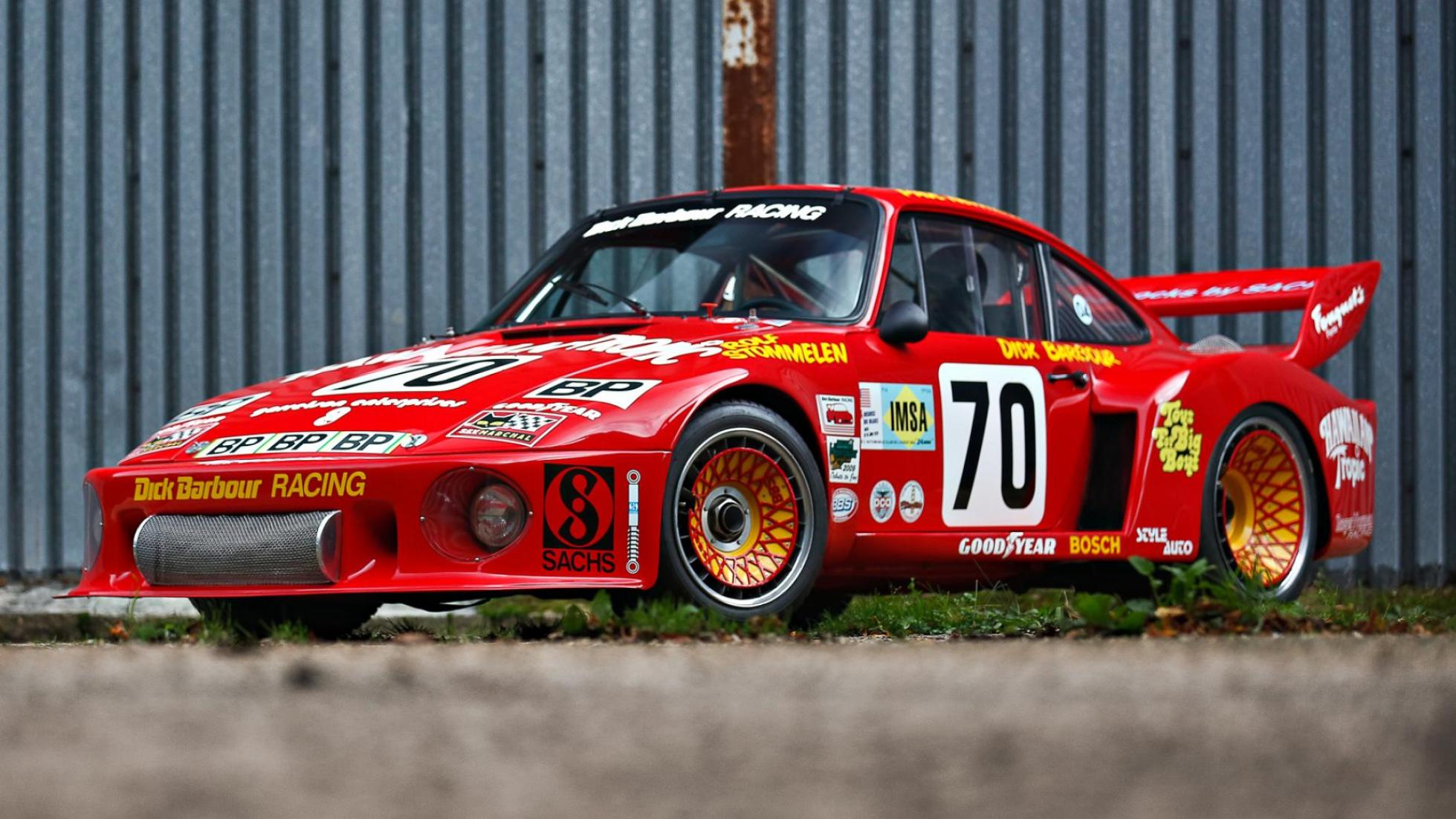
1976: Type 935
Mezger’s turbocharging talents would only grow, as evidenced by the Type 935 engine. This powered the 935 (pretty obviously), which won so many things that we’d run out of internet listing them all. But trust us, they were big’uns – Sebring, Le Mans, Nurburgring 1000, IMSA.
And of course, there was the instantly recognisable Moby Dick 935… which, it must be said, is not the most auspicious name. And, perhaps ironically, quite a few did catch this particular white whale. But most 935s were as elusive as the name implies.
The Moby Dick engine was further developed into a 2.65-litre version, intended for Indy. But, leery of Porsche’s form in crushing American racing series under the weight of sheer domination, they hobbled it to the point of non-competitiveness.
So, it was back to Europe and Le Mans, where it took the 936 to victory in 1981, then powered both the 956 – as in, fastest lap of the Nordschleife which stood for 35 years – and 962, which dominated the late Eighties and even saw a return to Le Mans in 1994 as a cheeky ‘road car’ with the help of Dauer Racing, where it won. Because of course it did.
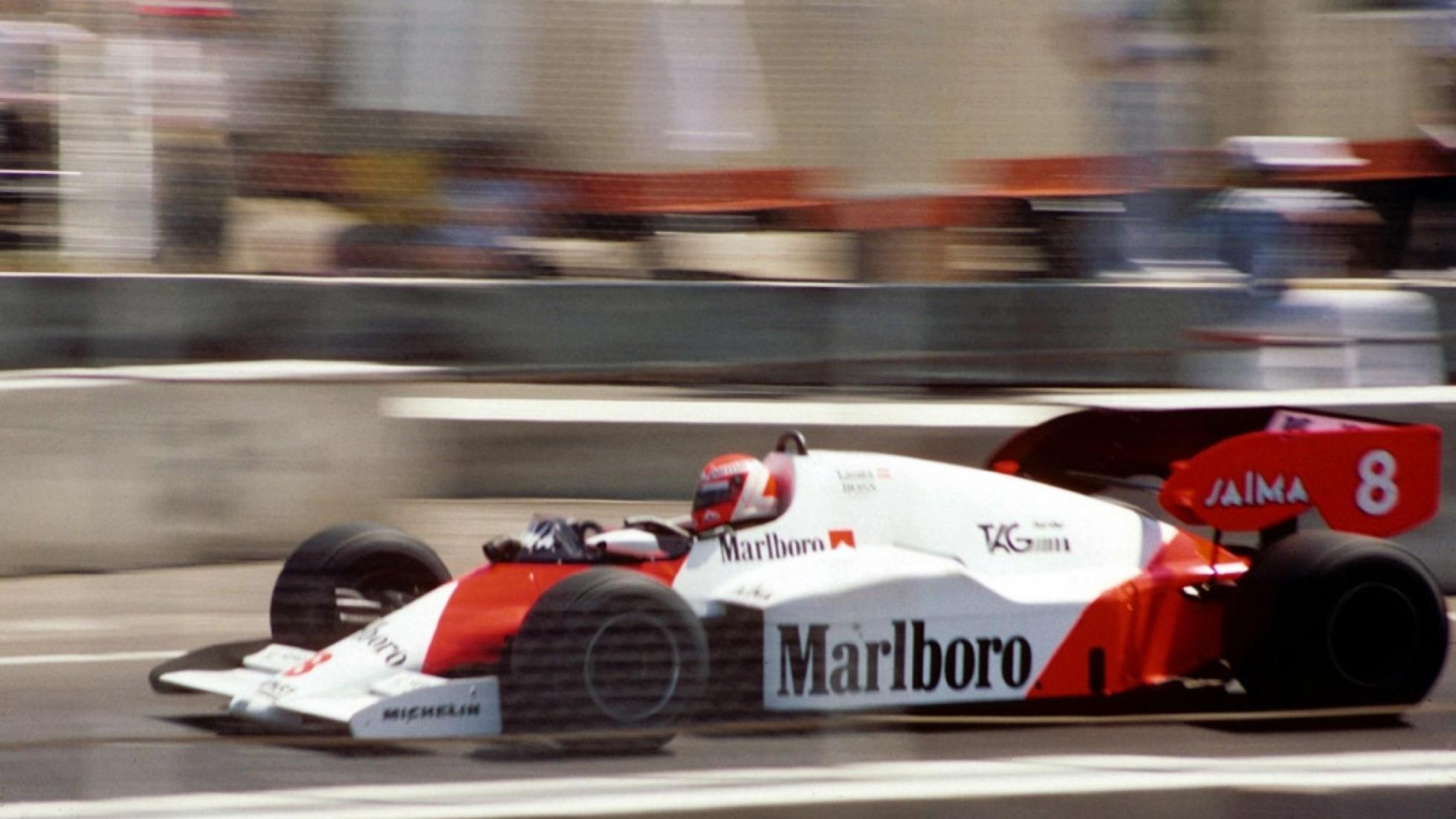
1981–1987: The TAG 1.5-litre V6 turbo
Ever wonder what TAG stands for? Techniques d’Avant Garde. And we’re not sure that label ever applied better than with the 1,000hp 1.5-litre V6 that powered Niki Lauda to his third and final driver’s title.
Oh, and Alain Prost to his first, the following year. And then his second the year after that. So, a decent little engine, then. Also, remember that part where we said 1,000hp from a 1.5-litre V6?
And yes, it was Mr Mezger behind the scenes, taking the notoriously flaky technology of turbocharging (just ask Renault about its Yellow Teapot) and making it not only competitive, but dominating. The modern Merc-AMG turbo V6, titan of power that it is, stands squarely on Porsche’s shoulders. That’d probably sting a bit to admit.
Oh, and don’t fret, ye knowers of many F1 facts – we’re aware that TAG was really the bank, avant-garde or otherwise. This one’s down to Ron Dennis and John Barnard’s incredible MP4-2, and equally incredible gambit to have a bespoke turbo engine for it. And, of course, Hans Mezger.
PHOTO twm1340
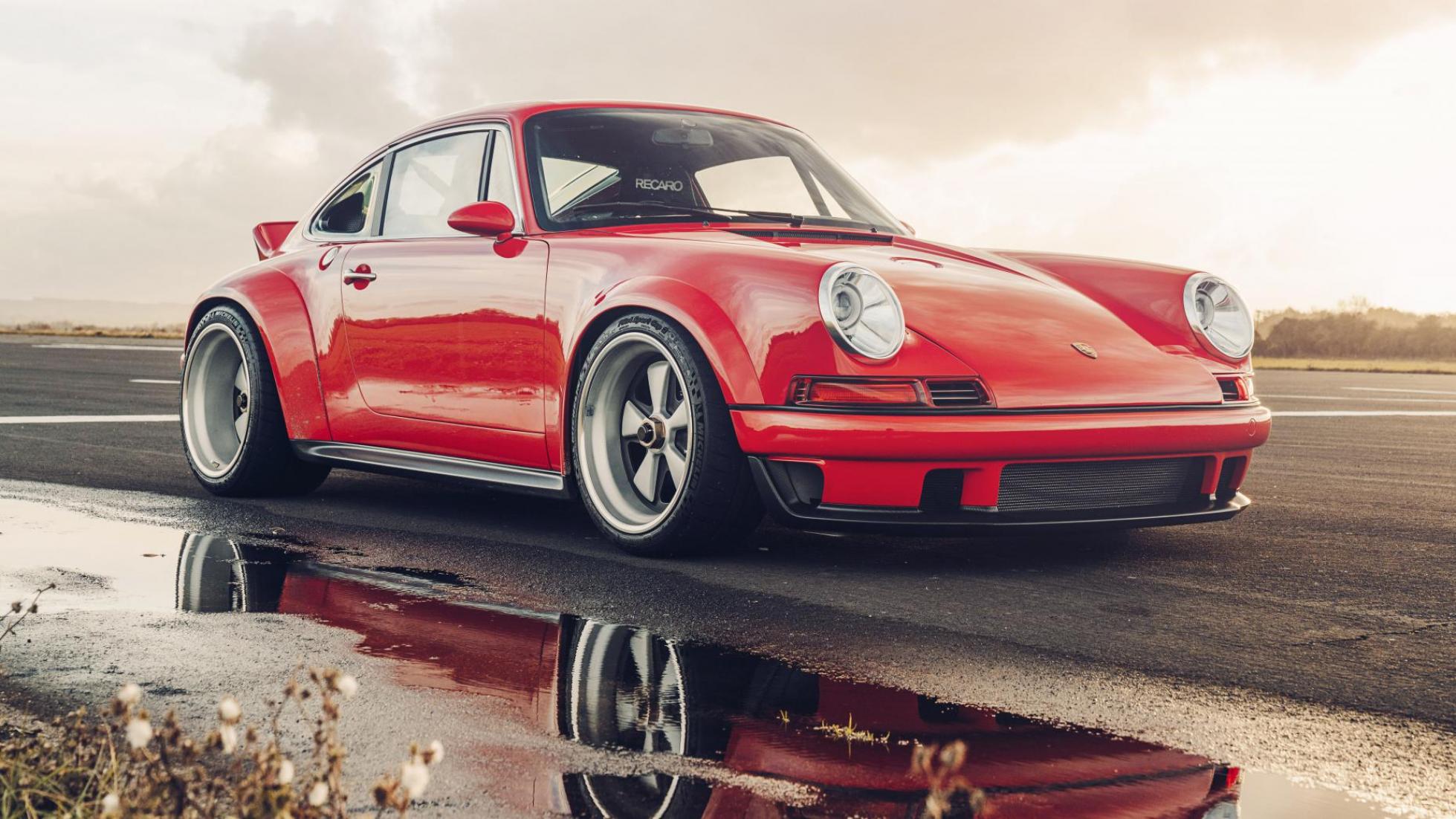
2017: Singer DLS
By now, you’ll probably know about Singer, creators of exquisite love letters to the Porsche 911. And, if you’ve been paying attention, you’ll know about the 500bhp Singer DLS, which is about the shortest way possible to refer to (wait for it) the Porsche 911 reimagined by Singer Dynamics and Lightweighting Study. Yeesh.
Luckily, the DLS (that’ll do for us) can probably crack 100mph in the time it takes to read its entire name out in full. And that’s due to many, many things, including Williams Advanced Engineering, Rob Dickinson and a who’s who of companies. And also one Hans Mezger. Mezger, as we said earlier, created the original air-cooled flat six that took the 911 through its first three decades.
And, for what’s arguably the best (and certainly the most potent) Singer-built homage to the 911, Mezger returned to work with Williams and Singer to create the gorgeous 500hp, 9,000rpm air-cooled 4.0-litre.
Not a bad swan song, we’re sure you’ll agree.






